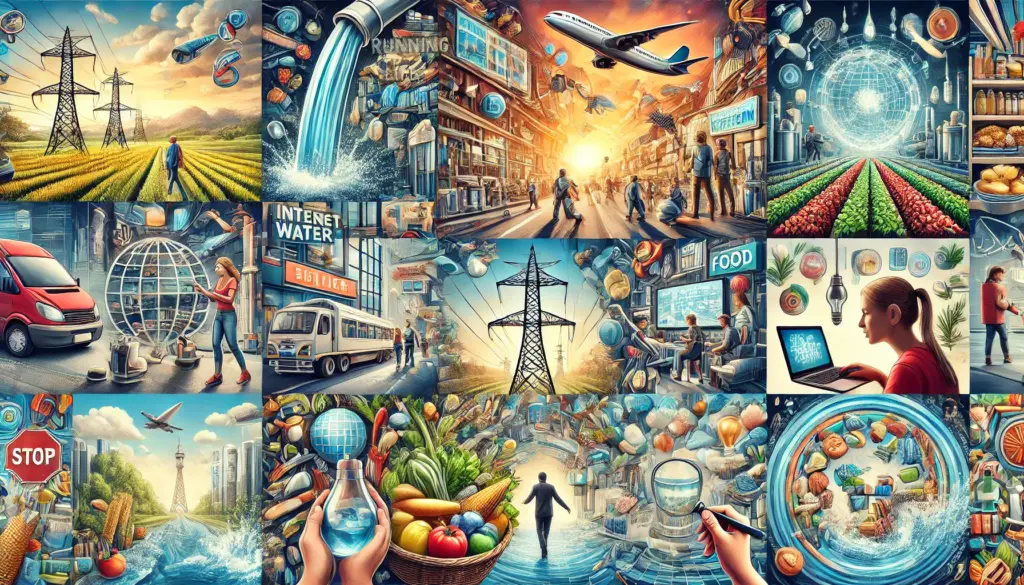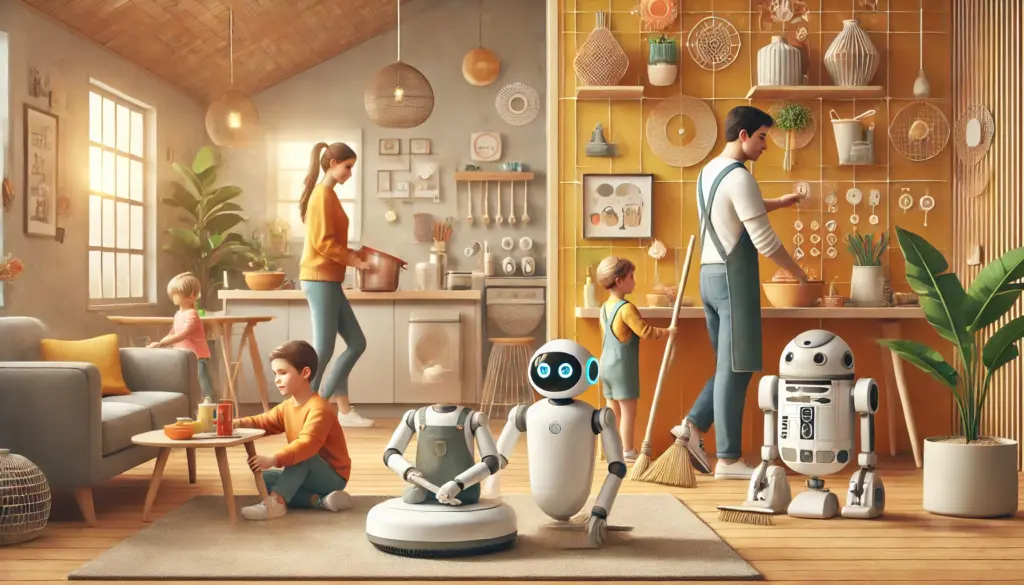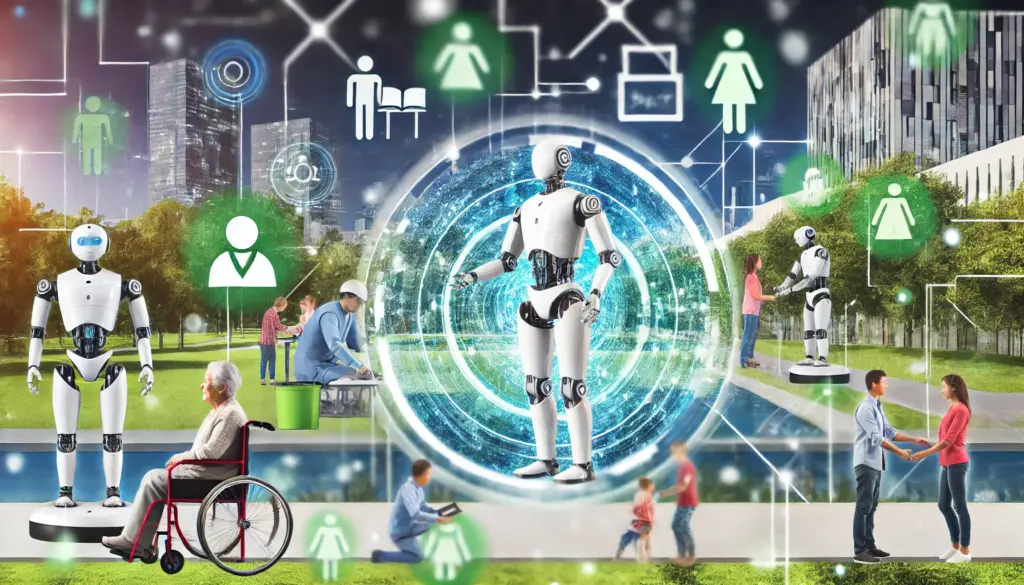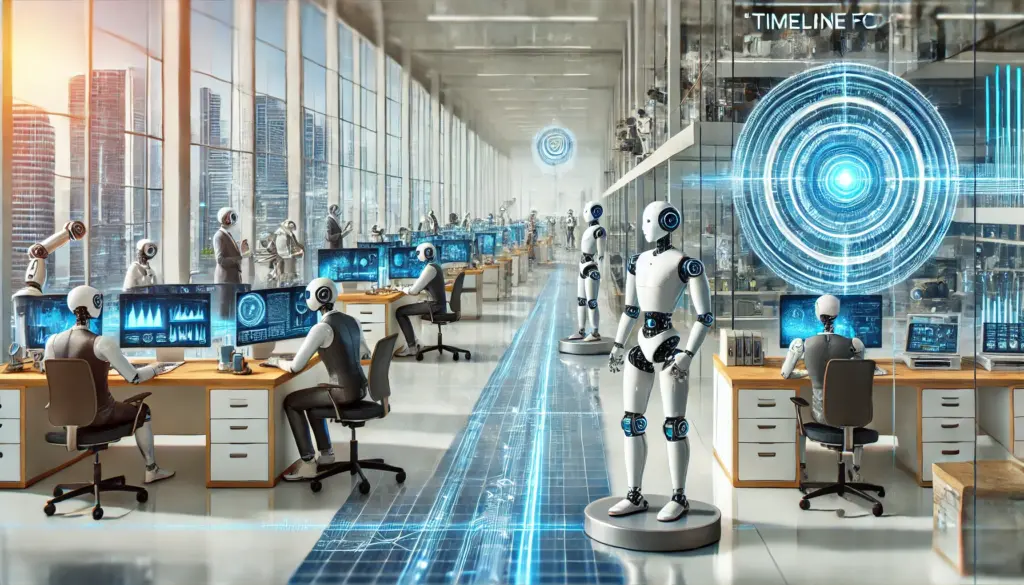The Top 50 Things We Take for Granted Today: A Profound Reflection on Modern Life and the Pursuit of True...
Read More
Embracing Home Robots: Bringing Joy, Comfort, and a Dash of Whimsy to Our Lives
 Paul Wagner
Paul Wagner
 July 8, 2024
July 8, 2024
Embracing Home Robots: Bringing Joy, Comfort, and a Dash of Whimsy to Our Lives As we stand on the brink...
Read More
The Transformative Impact of Robots on Human Experience
 Paul Wagner
Paul Wagner
 July 8, 2024
July 8, 2024
The Transformative Impact of Robots on Human Experience As we stand on the brink of an era dominated by robots...
Read More
Thriving in the Age of Automation: A Comprehensive Guide to Future-Proofing Your Career
 Paul Wagner
Paul Wagner
 July 8, 2024
July 8, 2024
Thriving in the Age of Automation: A Comprehensive Guide to Future-Proofing Your Career As robots and AI revolutionize various industries,...
Read More
Timeline for Robot Integration in the Workforce
 Paul Wagner
Paul Wagner
 July 8, 2024
July 8, 2024
Timeline for Robot Integration in the Workforce The rise of robots and AI is not just a futuristic vision; it...
Read More







